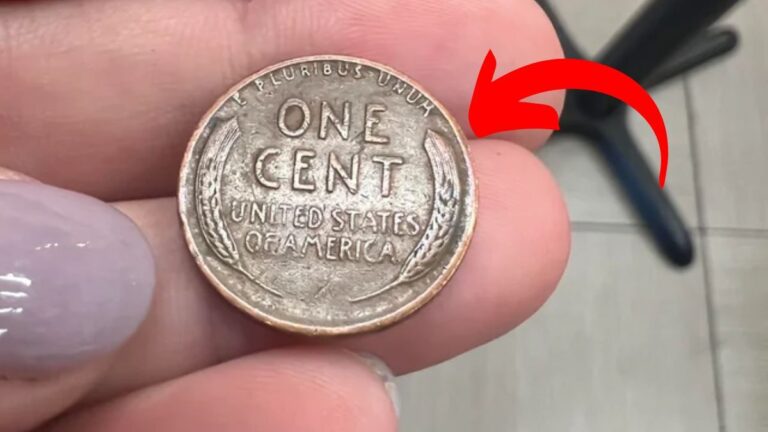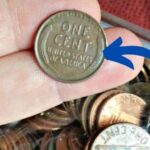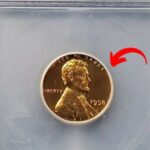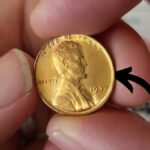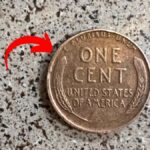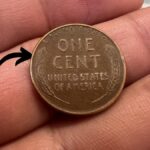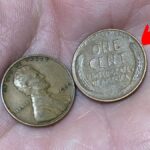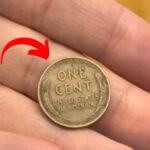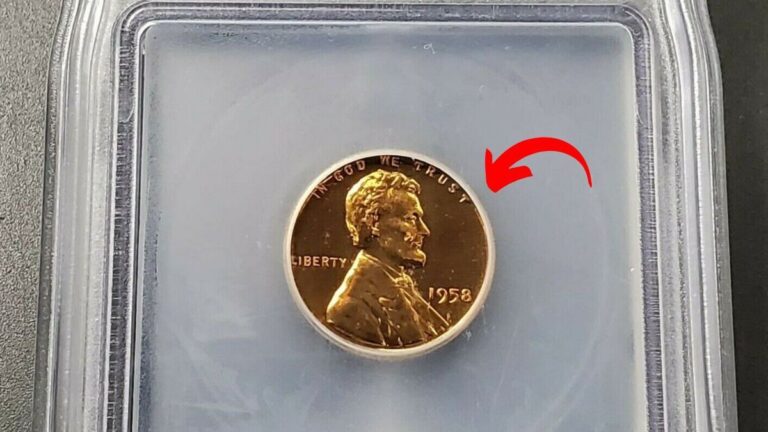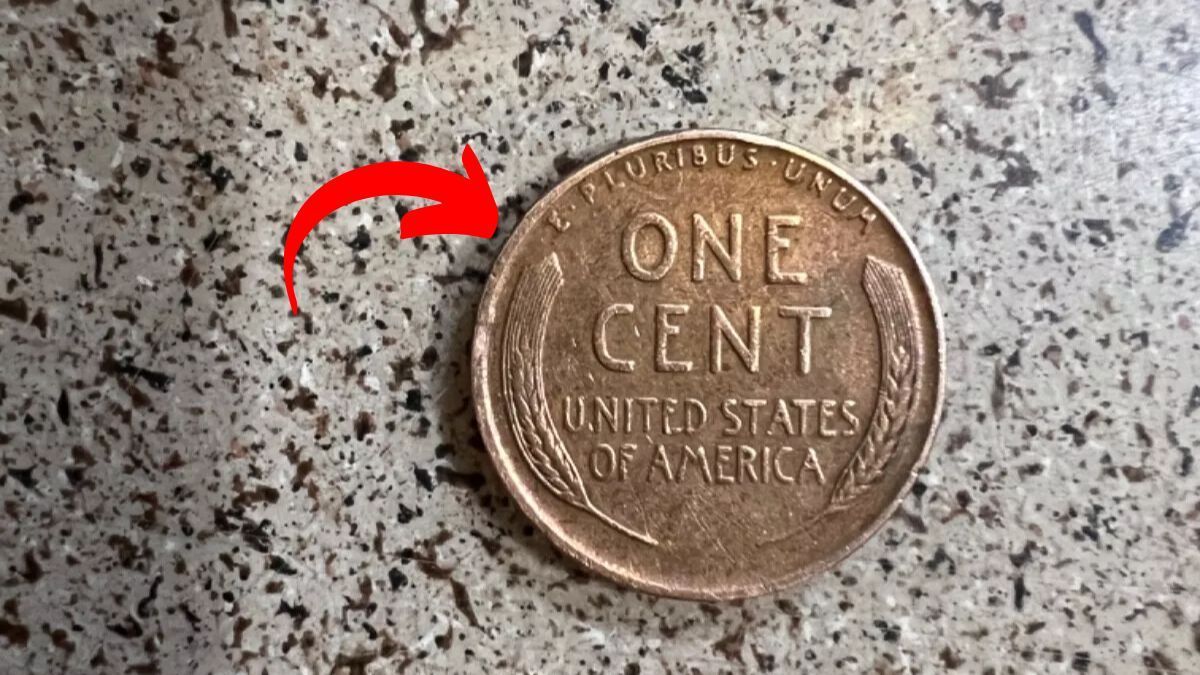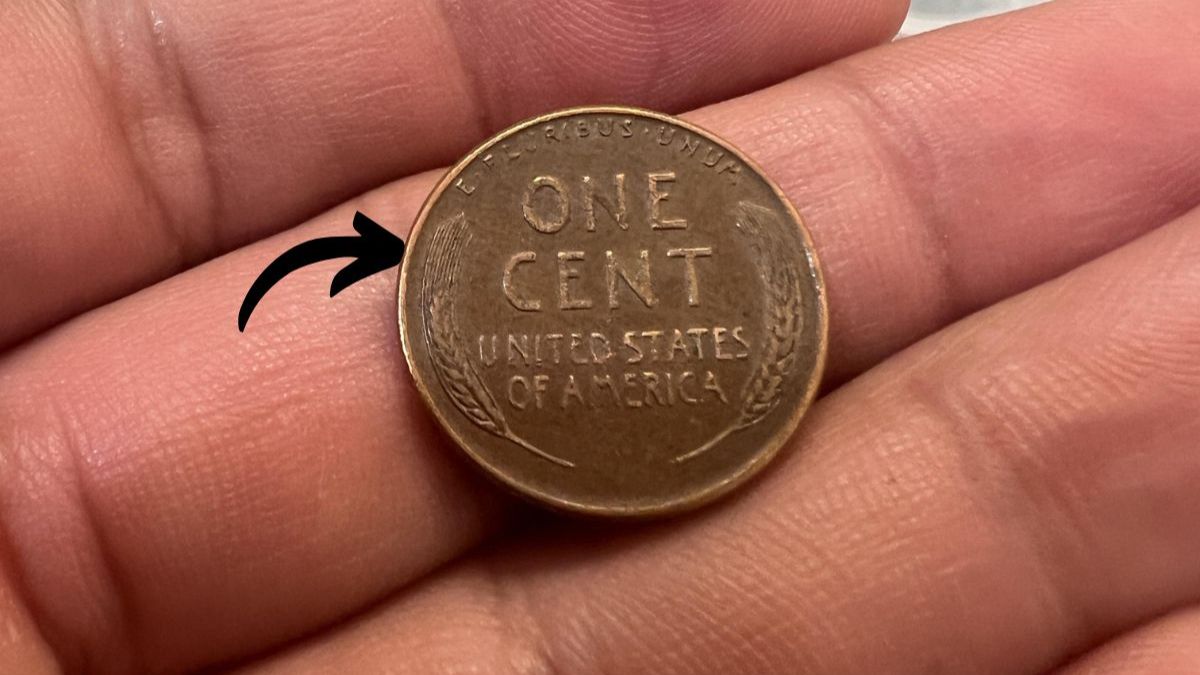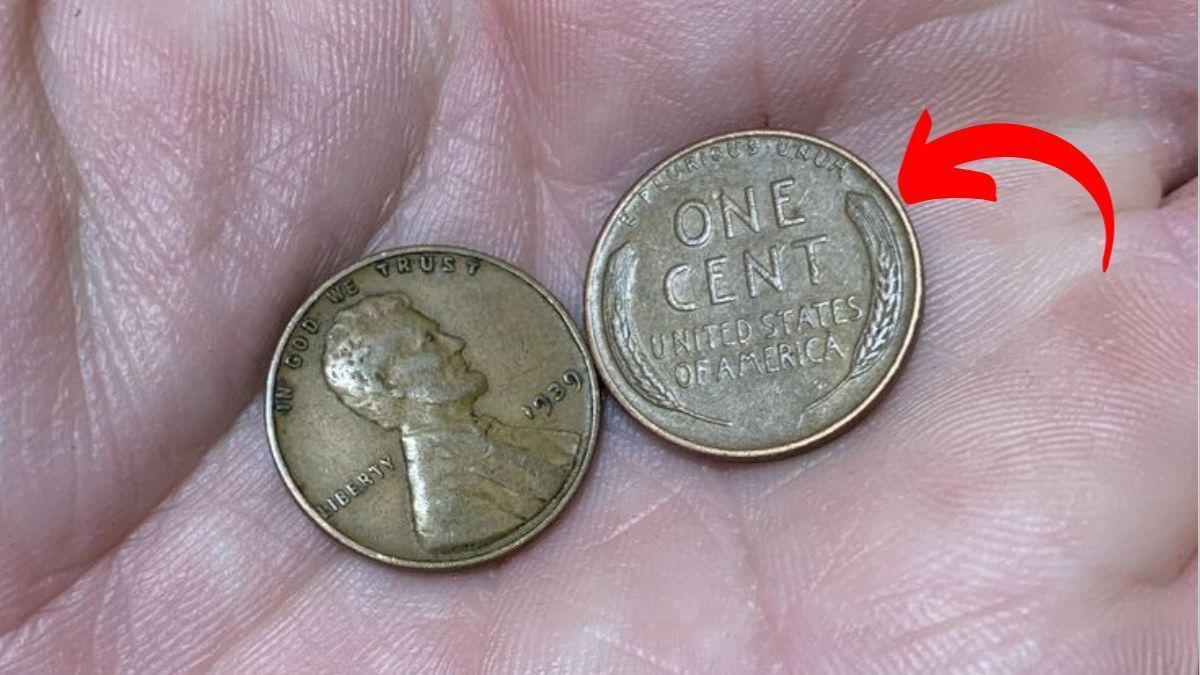Lincoln Wheat Penny Valued at $530K: Most people don’t pay much attention to the small change jingling in their pockets or accumulating in jars around their homes. These coins often seem insignificant, worth only their face value of a few cents. However, among these overlooked pieces of currency might be a genuine treasure worth more than half a million dollars. The Lincoln Wheat Penny, particularly a rare version from 1943, has been valued at an astonishing $530,000. Perhaps the most exciting part of this story is that some of these incredibly valuable coins may still be circulating today, passing from hand to hand unnoticed. This means that an ordinary-looking penny in your possession could potentially change your financial future if you know what to look for.
The Rich History of the Lincoln Wheat Penny
The Lincoln Wheat Penny holds a special place in American numismatic history. First introduced in 1909 to commemorate the 100th anniversary of President Abraham Lincoln’s birth, it marked a significant milestone in American coinage as the first U.S. coin to feature the portrait of an actual historical figure rather than symbolic representations. The design showcases a dignified side profile of Lincoln on the front (obverse), with the phrase “IN GOD WE TRUST” along the top edge, “LIBERTY” to the left of Lincoln’s image, and the minting year positioned on the right. The reverse side features two elegant wheat stalks framing the words “ONE CENT” and “UNITED STATES OF AMERICA,” with the Latin motto “E PLURIBUS UNUM” (Out of Many, One) along the top.
Why the 1943 Penny Is Extraordinarily Valuable
While most Lincoln Wheat Pennies hold modest value beyond their one-cent face value, the 1943 copper version stands as an exception of remarkable proportions. The extraordinary value of this particular penny stems from a fascinating historical circumstance during World War II. As the war effort intensified, copper became a critical material needed for military equipment and ammunition. In response, the U.S. Mint switched from using copper to zinc-coated steel for penny production in 1943. However, a small number of copper blanks from the previous year accidentally remained in the presses, resulting in the creation of rare copper 1943 pennies that were never supposed to exist.
The Rarity That Commands a Fortune
The scarcity of the 1943 copper Lincoln Wheat Penny cannot be overstated. Of the billions of pennies minted that year, only a few dozen copper versions are known to exist today, making them among the rarest U.S. coins in circulation. This extreme rarity, combined with the compelling story behind their accidental creation, has driven their value to astronomical heights. One such coin sold for an incredible $530,000, placing it among the most valuable pennies ever traded. The combination of historical significance, mint error, and extraordinary scarcity has created a numismatic legend that continues to captivate collectors and casual coin enthusiasts alike who dream of making such a remarkable discovery.
How These Valuable Coins Remain in Circulation
Despite their immense value, some of these rare 1943 copper pennies may still be circulating among everyday currency. Since they look very similar to regular Lincoln pennies from other years, they can easily go unnoticed in pockets, change jars, and cash registers across the country. Most people don’t carefully examine every penny that passes through their hands, which means these valuable coins might be hiding in plain sight. Additionally, when these rare pennies were mistakenly created, they entered circulation just like any other coin, and not all have been discovered or removed from circulation by collectors. This creates the tantalizing possibility that you might receive one of these valuable artifacts as change from your local grocery store or coffee shop.
Identifying the Valuable 1943 Copper Penny
If you’re now eager to check your own coin collection, there are several key features to look for when trying to identify a potentially valuable 1943 copper Lincoln Wheat Penny. First and most obviously, check the date – it must be from 1943. Next, examine the color and material. The common 1943 pennies were made of zinc-coated steel, giving them a distinctive silvery appearance, whereas the rare copper versions maintain the traditional reddish-brown color of standard pennies. A simple but effective test involves using a household magnet – the steel pennies will stick to the magnet, while the valuable copper versions will not show any magnetic attraction. The weight also differs, with copper pennies being slightly heavier than their steel counterparts.
The Importance of Coin Condition
When it comes to valuable coins, condition plays a crucial role in determining worth. Numismatists (coin collectors) use a grading scale ranging from “Poor” to “Mint State” to evaluate a coin’s condition. A 1943 copper penny in excellent condition will command a significantly higher price than one showing extensive wear and damage. Key factors affecting a coin’s grade include the clarity of design details, the presence or absence of scratches, the sharpness of edges, and the overall preservation of the original surfaces. Even among the extremely rare 1943 copper pennies, values can range from tens of thousands to hundreds of thousands of dollars based largely on condition. This is why proper handling and storage of potentially valuable coins is essential.
What to Do If You Find a Rare Penny
If you believe you’ve discovered a 1943 copper penny or any other potentially valuable coin, there are several important steps to follow. First and foremost, handle the coin with care – preferably by its edges only – and place it in a protective holder to prevent damage. Crucially, resist the temptation to clean the coin, as this can significantly reduce its value by removing the natural patina that collectors prize. The next step should be professional authentication by a reputable coin dealer or grading service such as the Professional Coin Grading Service (PCGS) or Numismatic Guaranty Corporation (NGC). These experts can verify whether your discovery is genuine and evaluate its condition and potential value.
Beyond the 1943 Copper Penny
While the 1943 copper penny represents the pinnacle of Lincoln Wheat Penny values, several other dates and variations can also be worth substantial amounts to collectors. The 1909-S VDB penny, featuring designer Victor David Brenner’s initials on the reverse, is highly sought after due to its limited mintage of only 484,000 coins. The 1914-D and 1922 plain (no mint mark) pennies are additional rarities that can command prices in the thousands of dollars depending on condition. The 1955 “Double Die” penny, showing a distinct doubling of the date and lettering due to a minting error, is another valuable variety that coin enthusiasts eagerly seek. While these may not reach the stratospheric value of the 1943 copper penny, they still represent significant finds that could be lurking in your spare change.
The Joy of Coin Collecting
The possibility of finding an extraordinarily valuable coin has introduced many people to the rewarding hobby of coin collecting. Beyond the potential financial reward, numismatics offers an engaging way to connect with history, art, and culture through these miniature metal artifacts. Each coin tells a story about the era in which it was produced – the economic conditions, political climate, artistic trends, and technological capabilities of its time. Whether you become a serious collector or simply develop the habit of checking your change more carefully, the search for rare coins adds an element of treasure hunting to everyday life. Even if you never find that elusive $530,000 penny, the knowledge and appreciation gained through the process can be valuable in its own right.
Disclaimer
This article is provided for informational purposes only. While efforts have been made to ensure accuracy, coin values fluctuate based on market conditions, collector interest, authentication status, and individual specimen quality. The $530,000 valuation mentioned represents auction results for authenticated specimens in exceptional condition and should not be considered guaranteed for similar finds. Be aware that numerous counterfeit coins exist in the marketplace, including altered dates and copper-plated steel cents designed to mimic valuable rarities. Professional authentication is essential before making any significant purchasing decisions or claims about a coin’s value. Remember that improper cleaning or handling of coins can dramatically reduce their collector value. If you believe you’ve found a rare coin, consult with reputable numismatic experts for proper evaluation and guidance.
